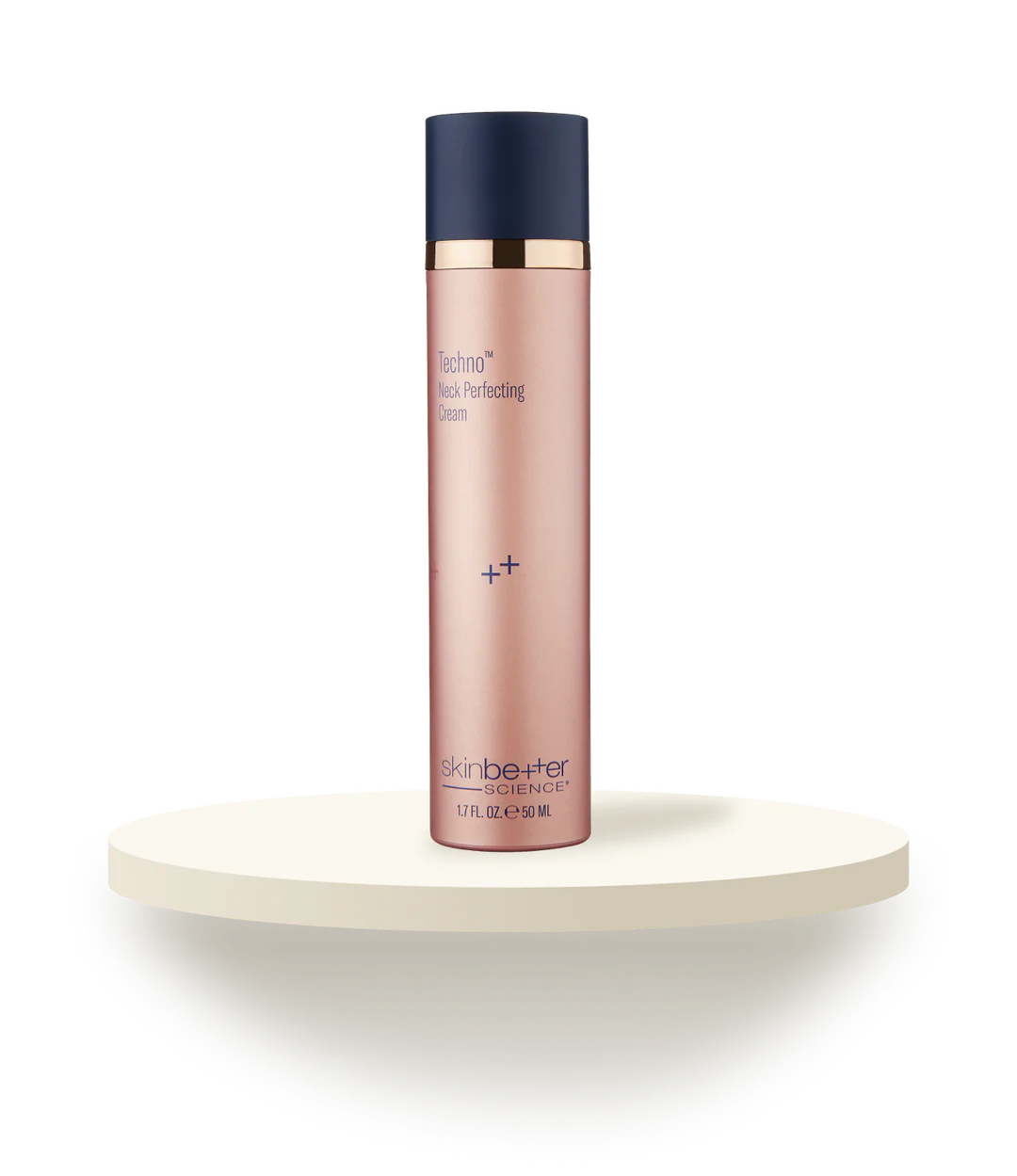Ear Shape
Not only is the ear critical for hearing and balance it is also a key component of overall aesthetic. Numerous surgical and non-surgical treatments exist to alter ear and earlobe shape.
Over 30,000 Americans underwent an otoplasty procedure in 2018. While hearing loss and hearing aids are generally more prevalent in older populations, ear anomalies relating to ear size and ear shape can affect children and adults. Ears naturally come in a variety of shapes, and the shape of your ears can also be influenced by how they sit on the side of the head. The ear shape, ear prominence, and earlobe shape can significantly influence overall appearance. Fortunately both surgical corrections and non-surgical treatments exist to alter the shape of your ears and create the most desirable aesthetic.
The ear can be considered in three sections: the external ear (the part we see), the middle ear (where the eardrum is), and the internal ear (everything behind the eardrum). The external ear is composed of cartilage and tissue. The helix, scapha, and triangular fossa compose the upper outer ear. The earlobe is called the auricular lobule and does not contain any cartilage (this is why it’s soft and lacks structure). The earlobe receives a large supply of blood and nerve endings making it a potentially sensitive area of the body for some individuals.
The Anatomy of the Ear
Down the ear canal (or the external acoustic meatus) exists the middle ear. The middle ear consists of the tympanic membrane (ear drum) and three bones, the malleus, incus, and stapes.
The inner ear contains both auditory (sound) and equilibrium (balance) centers. The semicircular canals and the cochlea assist in these functions. The Eustachian tubes sit behind the eardrum and funnel down into the nasopharynx area (the back of the throat/nasal cavity). Both the external ear and internal ear contribute to processing sound waves for hearing.
Ear size and ear shape are primarily determined by genetics. It is important to consider the size and shape of the head in addition to hair style when determining ear appearance as the overall aesthetic of the upper body can be influenced by multiple factors. As we age, research shows natural changes in collagen typically cause the ear circumference to become larger. Additionally, some individuals find their earlobes may begin to sag or lose previous tone.
Protruding Ears or prominent ears are mostly a matter of personal aesthetic. Generally, most individuals find a sleeker, streamlined profile is more desirable. Protruding or prominent ears typically create the false appearance of larger ear size. Head shape and hairstyle can influence perception of ear protrusion.
Given the earlobes naturally lack collagen, they are prone to alterations to shape from lifestyle factors (like jewelry) and aging.
Both men and women may wish to consider an ear or earlobe cosmetic procedure if they are dissatisfied with appearance, have experienced an injury, or wish to correct/restore shape after earring or gauge use.
Surgeries to correct ear protrusion and prominence will allow patients to fundamentally alter their overall appearance by creating a more streamlined profile. Procedures to address earlobe concerns are generally less invasive and can be performed in a doctor’s office setting.
Protruding or prominent ears can be addressed by three different procedures depending on severity of condition and the patient age. Ear surgery / Otoplasty is a surgical procedure to excise excessive tissue and move ears closer to the skull. earFold procedures involve placement of a prosthetic to bend ears into desired shape. Incisionless Fritsch Otoplasty is a good choice for older children and teens and only involves the use of sutures. Learn more about treatment options in our deep dive into Ear Pinning Solutions.
Earlobe damage can be addressed through a few different procedures depending on the concern. A consultation with a certified provider can determine which procedure is most appropriate.
You can learn more about treatment options in our guide to Earlobe Restoration Solutions.

